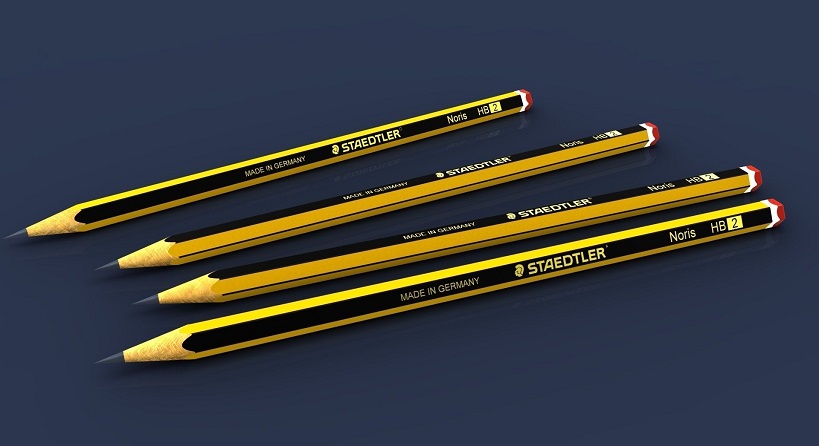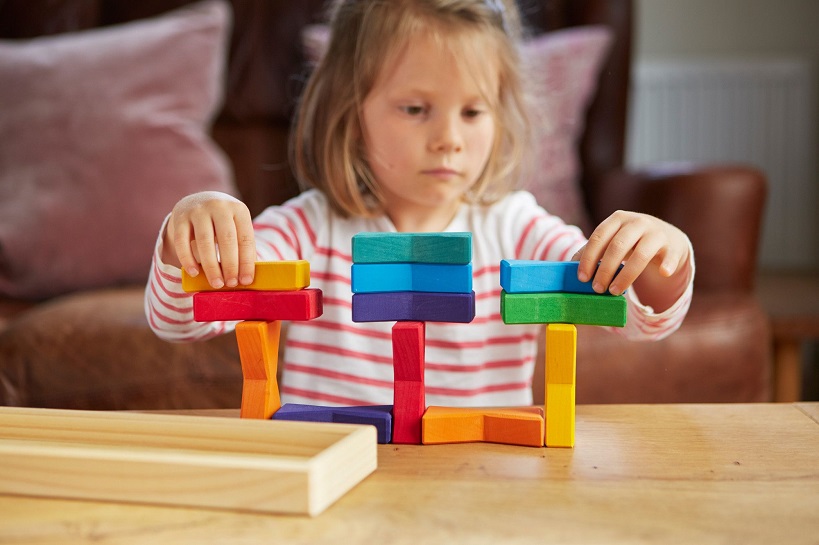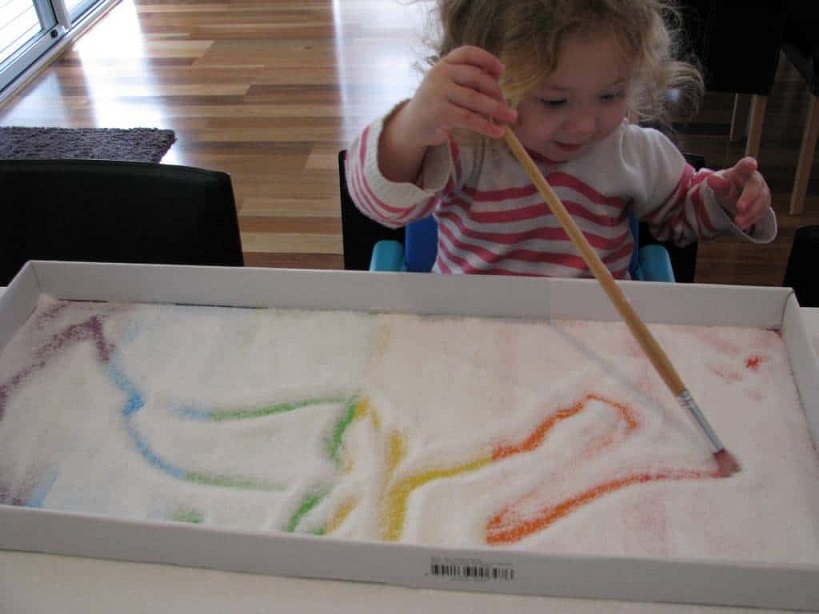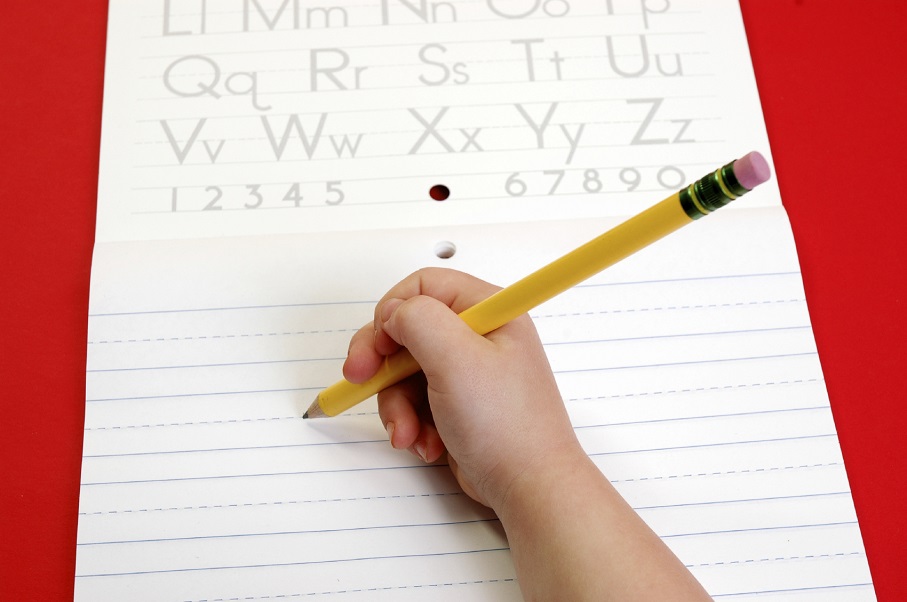How to Help Your Child Improve Handwriting
Young children tend to have messy handwriting and that’s normal. Learning to form letters and writing them correctly on paper to make words and sentences is a process that takes time and practice for kids to master. Messy handwriting becomes an issue when a child continues to struggle with it long after other kids have got to do it neatly.
Some parents and even teachers might see messy writing as a sign of laziness but it’s often a sign of trouble with motor skills. These difficulties can sometimes be so much that a child’s writing is beyond messy – it’s unreadable. And this can have a big impact on learning. Messy handwriting is not only difficult to read but the act of writing tends to be very slow. This can lead to unfinished classwork or tests and consequently poor grades. Furthermore, struggling in such a visible way in front of classmates can take a toll on a child’s self-esteem and motivation.
Regardless of what might be causing your child’s trouble with handwriting, there are some things you can do home to help them.
Provide Them With the Right Tools

Providing a child with the right writing tools can make a big difference in their handwriting. Large HB pencils are easy for small hands to hold, making them ideal for children in the stage of their writing development. This explains why many kindergarten teachers prefer to teach how to properly write using large-diameter pencils. These pencils also help with learning the proper way to hold a pencil, which can make a huge impact on handwriting in the future.
HB pencils also come with a thicker core of graphite. This not only helps the pencil to stay sharper longer but is also prevent the frustrations from the graphite breaking as your child practices writing. This gives your child time to be creative and write down their thoughts. Students who apply too much pressure while handwriting can also benefit from larger pencils as their lead is harder and lighter, making it more difficult to smudge.
You might be wondering what is the difference between 2b and HB pencils? The main difference between these two pencils is that the HB pencil has medium-range lead, while the 2B has a soft one. Found in the middle range of the shade chart, HB pencils are mostly used for writing purposes. They have good tensile strength and a smooth feel while writing. Due to their limited amount of clay, these pencils give a medium line density when used, making them easy to erase. For this reason, HB pencils are used by children to improve their quality or style of handwriting.
2B pencils have a small quantity of clay that makes their lead soft. They are fairly darker in shade and are harder to erase. Their very dark line density makes them ideal for bold, thick lines, the reason why it is often used by artists.
Encourage Crafts and Puzzle Games

In order to control a pencil accurately, a child needs to have well-developed hand use, grasp and fine motor skill. This means they should be able to grasp objects with their whole hand, manipulate objects such as moving them around in their fingers using one hand, pick up small objects using the tips of their thumb and index fingers, and use coordinated fine motor skills during play. Undeveloped fine motor skills can lead to frustration as the child might not be able to produce legible writing.
The more time your child spends manipulating objects, the better – it helps him develop his fine motor skills. Puzzle games are a great way to sharpen your child motor skills. While playing with puzzles a child is required to pair the image, circle the letter or word, turn the knob or insert the puzzle piece into a certain hole according to the shape. All this helps sharpen the motor skills necessary for daily activities, such as writing or drawing.
Crafting is another effective way to help develop your child fine motor skills. The act of grabbing a paintbrush or cutting with a scissor helps develop the muscles necessary for children to tie their shoes, button their coat, write and more. Not to mention that crafting can be increasingly fun and entertaining, which can help distress children from their school assignments. There are many craft ideas that you can try that are easy and beneficial for your child at the same time.
Make Practice Fun

If your child tends to get easily frustrated with handwriting practice, avoid the worksheets. Instead, you can use other activities such as making a sensory salt tray and doing exactly what the worksheet says but do it on the salt tray. For times when your child feels his/her handwriting isn’t “perfect”, this can be a great activity to try as your child can simply give the tray a little shake to quickly erase.
Another great way to encourage handwriting is making it not look like schoolwork or homework, like drawing and labelling maps, making birthday cards, or keeping a journal. You can even take handwriting practice outside with sidewalk chalk. Let your patio or deck act like lines on paper.



